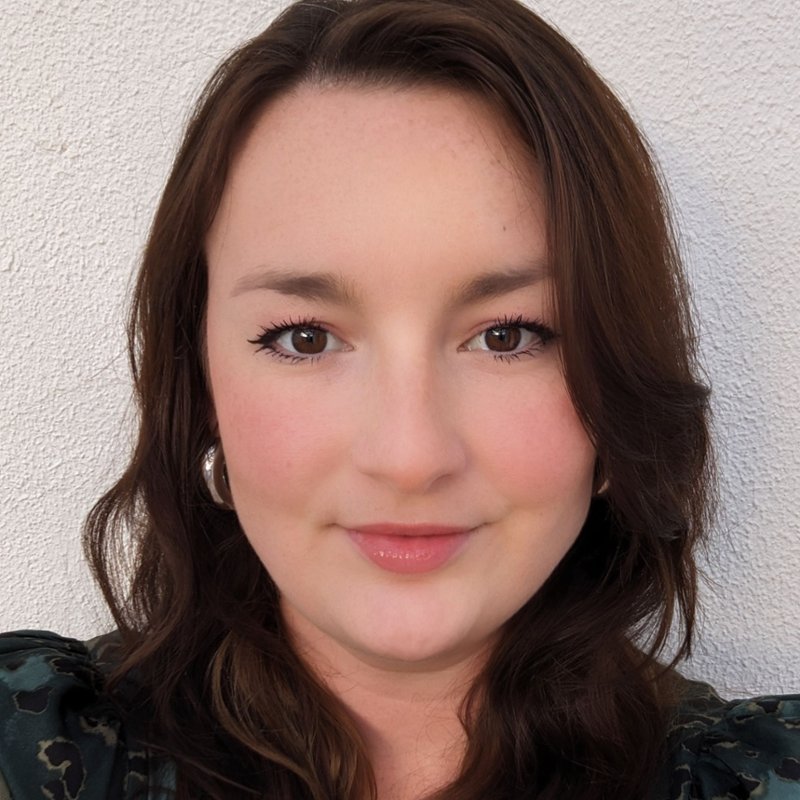Roles & Responsibilities
Embarking on a project is a complex journey, and at its helm stands the project manager—a role that transcends mere task delegation. From strategic planning to team leadership, risk mitigation, and stakeholder communication, this blog delves into the indispensable roles that ensure seamless project execution. Whether you're a seasoned professional or a newcomer to project management, these interviews provide insights to sharpen your skills and illuminate the path to successful project delivery at Zalando.

In order to understand how project managers align on roles and responsibilities at Zalando, I interviewed some of my GPMO peers (Barry Hendrick, Juan Sierra, Lydia Eichhorst and Robert Kilb) to learn how they manage this in their different projects. My main finding is that one size does not fit all and in order to create a productive working environment with well defined roles and responsibilities, one must tailor their approach and style accordingly.
Once your project is kicked off, how do you align on Roles & Responsibilities?
The unanimous response from my colleagues was that communication is paramount here. Juan outlined that first aligning with the Sponsor makes sure that he, the Project Manager, knows what the critical parts of the project are, and where he can help with them and contribute. All four of my colleagues also make sure that the main responsibilities are mapped out in writing for the team to read. One thing I found particularly interesting was that Lydia then asks every core team member to describe their and others' roles within the team as part of a roles and responsibility workshop. She explained that by doing this, one can see if the roles and responsibilities are aligned amongst team members, and if they're not, she does a follow up session to discuss and clarify tasks / role expectations where the team was not aligned. I believe this is a very good suggestion, as it defaults to transparency right from the start.
What are your expectations towards a perfect Sponsor?
My colleagues stated that for them, the perfect Sponsor would be someone trusting, accountable, responsive, supportive, committed and available. Barry also outlined that a Sponsor with clarity about the project's vision and the capability to make swift decisions is invaluable. Moreover, their support in terms of resources and the ability to tackle roadblocks is vital. It also became apparent to me that they, as Project Manager's, think carefully about how to include the Sponsor in conversations. Robert mentioned that it can be beneficial to conduct the core team meetings without the Sponsor (aka just the Project Manager, Project Owner, Technical Lead and Product Manager). This was interesting to me and when I asked why he doesn't include the Sponsor in this meeting, he explained that he prefers to have a core team of people who are in each and every detail, in order to have the team focused and create a safe environment for them. This was a good learning for me as it highlights the importance of managing people, whatever the perceived hierarchy and role.
Did you have a project without a Product Lead or a Technical Lead and how did this work?
Juan and Lydia mentioned that they have both always technically had a Product Lead and a Technical Lead, but that there were projects when these roles were on extended sick leave, so they had to proceed without the roles. Juan stated that these roles are critical for all of his projects, so if they have been away then he has had to backfill these roles and make decisions using his best judgement. It seems to me that this is possible if one has experience in this field, but for someone without this experience, backfilling may not be an option. Lydia mentioned that when this situation occurs in her projects, she flags that these roles are currently unavailable, as it puts the project in jeopardy.
Barry, on the other hand, has overseen a project without a designated Product Lead or Technical Lead. He outlined that whilst this was challenging due to the missing expertise, they adapted by reallocating certain responsibilities to core team members with overlapping competencies. In this scenario, he mentioned that it was essential that these members had access to seasoned engineering or product expertise from contributing teams. This collaboration ensures that the team members don't compromise on the quality or depth of the work, even in the absence of dedicated leads.
What was your most challenging project team setup (why) and how did you still make it work?
My peers had rather different yet equally fascinating perspectives here. For Juan, the most challenging project team setup was a project with an external partner. It was a high complex, high impact project with a short and hard deadline that he needed to deliver. The scope wasn't clear and the usual process had not been followed. My learning from his answer was that it is very important to utilise the project management processes that we have at Zalando, such as the Project Management Playbook. For Barry, one of the most challenging team setups he's encountered was a project where multiple teams were spread across different time zones. The physical distance and time differences meant that real-time collaboration was rare. Plus, there were varied communication styles to navigate. To bridge the gaps, he introduced staggered yet regular check-ins and ensured there was comprehensive documentation for every stage. In comparison to Lydia, where her most memorable challenging project team setup was when she had a team who didn't involve her. She was the one role involved in the project who was outside of the other member's team, and it was also challenging for her because they were also a new Zalando team. They didn't have much knowledge of the organisation, the terminology, how the role of a Project Manager is understood here or our ways of working. She made this situation work by stressing the need for her to be involved and the need for all of them to be transparent.
Though these were different experiences and responses to the challenges, one common thread here is that Juan, Barry and Lydia all responded to these difficulties by increasing communication. My learning here is that effective communication seems to be the fundamental skill that a Project Manager needs to either have or acquire.
What was your most optimal project team setup ever?
Barry mentioned that the most harmonious team setup he ever experienced consisted of both seasoned and newer members, each bringing distinctive insights. The presence of a dedicated Product Lead offering product clarity and a Technical Lead guaranteeing feasibility was indispensable. Additionally, an involved and supportive Sponsor played a crucial role. The cherry on top was having members who were familiar with our processes from past projects and understood the nuances of a Global Project.
Robert had multiple answers to this question but my favourite was perhaps when he spoke about his experience working on Cyber Week. He explained that this was such a strong and senior team who knew what they were doing. They had 10 years + in company, and this meant that the roles and responsibilities within the team were clear. However, it wasn't always easy for him. In the beginning he needed to find and fight for his place in the team, but in the end it worked in his favour. He feels he grew the most in this project, and acknowledges that this team even got him promoted! He also mentioned that for his last two Cyber Weeks, it was an all male core team, so he pushed hard for a woman to be added to the core team. As a woman, I was pleased to witness an example of a male colleague fighting for equality in Zalando!
In conclusion, I have learnt that adaptability, clear communication, and teamwork are essential to overcoming challenges and achieving success when it comes to managing roles and responsibilities within Zalando. These insights from my peers offer valuable lessons for anyone involved in complex projects.



